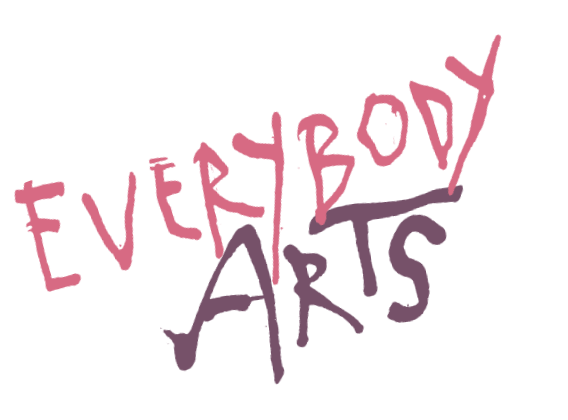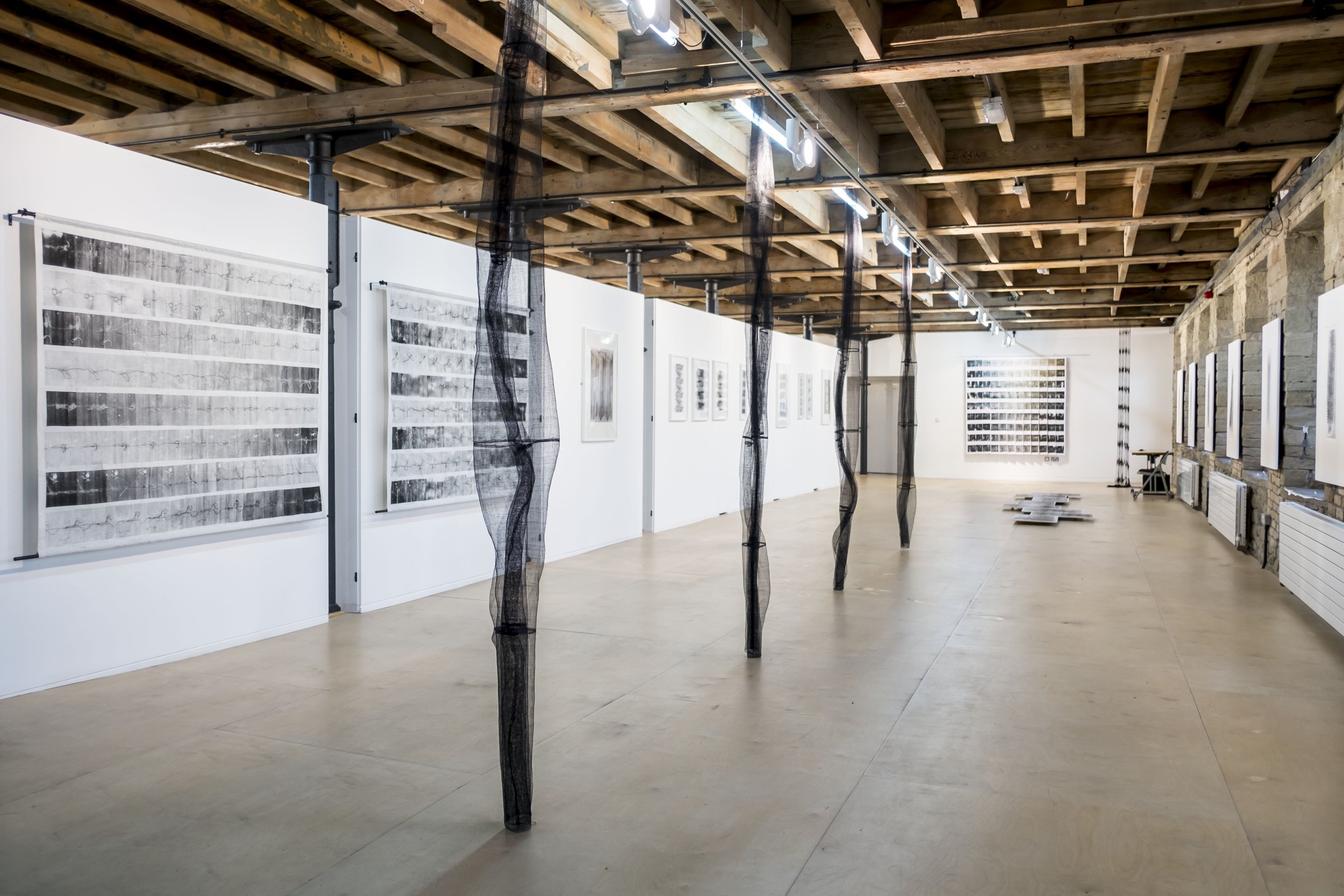The Mending Room
Christine Halsey
19 September - 25 October 2015
In her first solo exhibition, artist Christine Halsey explored the original context of The Artworks 1830 Gallery, situated in a former West Yorkshire textile mill. Through a range of 2D, 3D and digital mediums, Halsey presented her personal responses to the traditional mill setting and its historical associations.
Christine originally trained as an architect and worked in a number of design disciplines, before later returning to study Fine Art including an MA at Leeds Metropolitan University in 2008. She has since developed a practice with a strong conceptual basis, including recurrent themes centred around gender and identity. Her work is multi-disciplinary, process-driven and incorporates large amounts of material experimentation.
The first floor gallery space previously housed groups of women responsible for mending imperfections in the cloth produced elsewhere in the mill. These women had little choice than to work long hours in dangerous and unpleasant surroundings for very low pay. In this show, Halsey highlighted connections between stitch and the oppression of women. Halsey particularly focused on the female textile workers of West Yorkshire during the Industrial Revolution , and women working in the present day garment industry in Asia.
Halsey’s personal responses to the mill setting included a series of experimental print works. Ghostly prints taken from damaged and repaired garments symbolising the relationship between cloth and skin are seen alongside repetitive prints taken from the fabric of the mill which evoke monotonous motions of stitch or machinery. The exhibition also featured 3D sculptural interventions including hanging textile forms reminiscent of the mending women themselves. These works were accompanied by a video and sound installation looking at links between the fashion industry and the present day garment industry in Bangladesh.
Halsey’s exhibition was the first to explore the Artworks mill’s industrial heritage. This intervention in the galler space presented a series of work influenced by stitch and the process of weaving whilat also highlighting past and presnt issues of exploitation with the textile industry.





